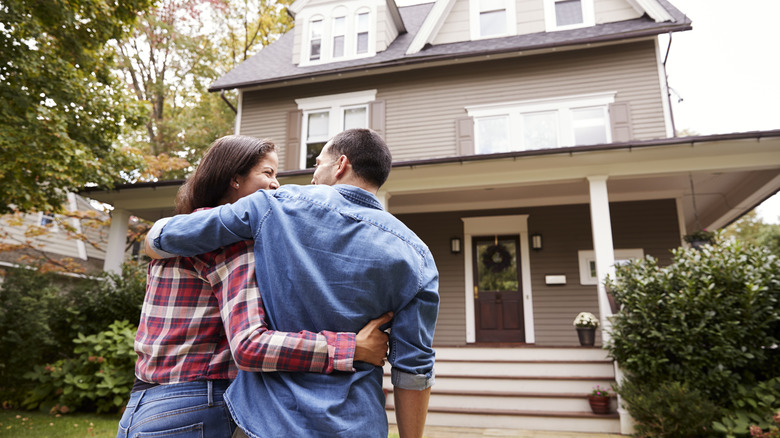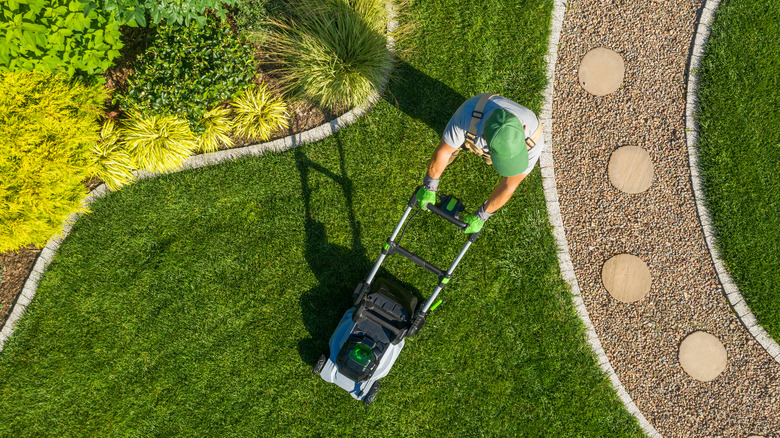The Home Upgrade That's Pretty On Paper But Could Be A Total Waste Of Money
The allure of a perfectly curated home is one that leads many into the renovation world. Improving your living space can be done in many ways, and numerous home upgrades can actually improve the resale value, sometimes significantly. However, there are also plenty of projects you can sink money into without ever having an opportunity to reap financial rewards. Worse still, some improvements of this nature don't always deliver on the lifestyle upgrade end of the spectrum either, resulting in a complete waste of your time, money, and effort. Landscaping can easily fall into this realm, and excessive focus on the outdoor areas of your home, particularly, frequently features as a detrimental money pit.
Outdoor improvements can be stunning enhancements that add solid value, but they often suffer from seasonal use, meaning a large investment here may only be appreciated for half the year and sit idly through the colder months. Moreover, as a financial tool, investing in landscaping solutions can run the risk of becoming too personalized. A beautified front yard can help drive interest in your property (as can a garage door upgrade), but specialized installations like water features make the home a more niche offering that some buyers won't want to maintain. The same can be said for back yard installations like large decking areas, outdoor kitchens, or even allotment-style fruit and vegetable growing areas. These personalizations can actually subtract value from your property.
Maintenance costs start to rack up, too
The financial hurt that comes into play when pouring money into an outdoor renovation project isn't a singular gut punch that comes when trying to sell the home. Instead, this can actually be a slow burn that inflicts a long-term financial drain on your budget. The expense that is your home should not exceed roughly 28% of your gross income; exceeding this can put you at risk of becoming 'house poor.' Other frameworks for calculating this place the percentage at 30% of your gross pay. The 50/30/20 rule puts food, insurance, bills, and housing costs into an income bucket valued at 50% of your take-home pay. However you approach it, maintaining the living space is an important cost to keep in mind. If you've installed cooking features, this will include electricity and water costs, while outdoor amenities like a pool or garden add in cleaning costs, or the time required to do it yourself, as well as the materials necessary to keep the space in good order.
These additional financial burdens become core items in the budget once you install an upgrade in your yard. There's no point in adding a fountain to the front yard if you never turn it on. Similarly, a pool or outdoor kitchen needs to be maintained, or it quickly becomes an eyesore that hurts your home's value and ambiance. 'Affording' an upgrade of this nature doesn't stop at the upfront costs. The result can be detrimental to your home and wallet.

